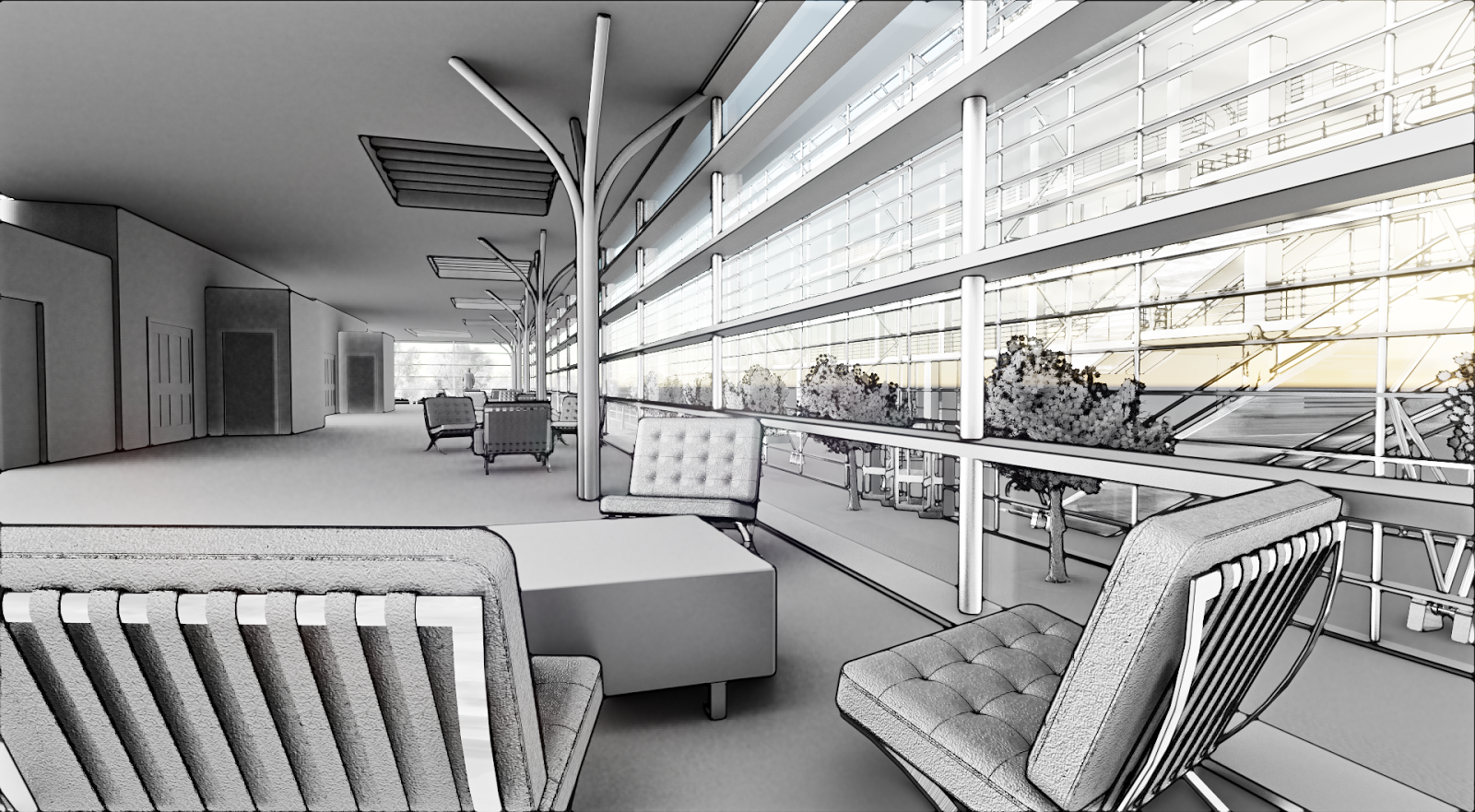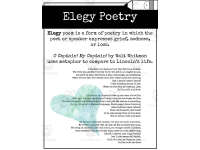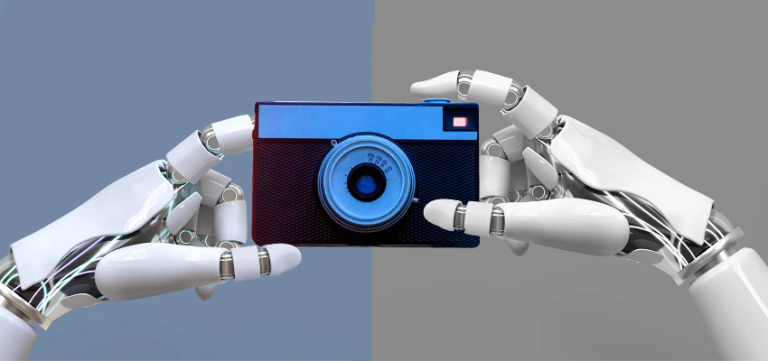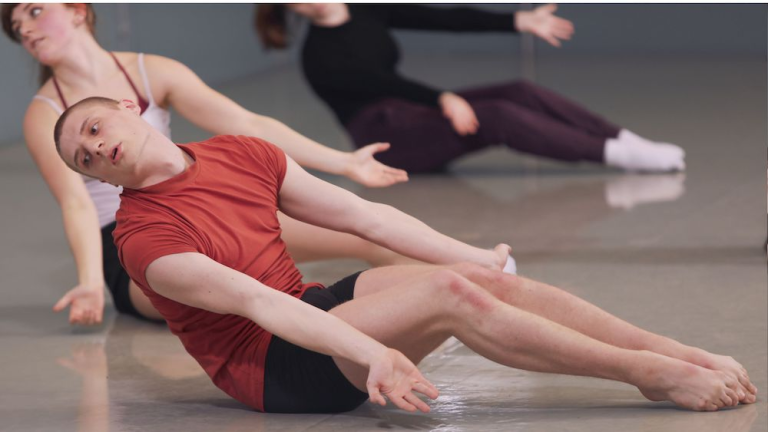
Application-specific glass renderings represent an exciting evolution in user interface customization, particularly visible in innovations like Windows Vista’s glass frame technology. This system allows for a more dynamic interaction with the user interface, enabling the glass frame color change around open applications to reflect certain user-defined parameters. By leveraging Patent 7418668, Microsoft envisions a future where each application’s window can have customized opacity and color settings that respond to user commands or predefined actions. Imagine a scenario where the glass frame of a notification window flashes in a bright color to capture your attention, enhancing your interactive UI elements experience. This level of personalization opens the door to a more engaging computing environment that could significantly improve user experience by presenting visual cues that are both functional and aesthetically pleasing.
The concept of tailored glass renderings introduces a fresh perspective on graphical interfaces, allowing for unique customization of application windows. Rather than a one-size-fits-all approach, users could enjoy distinct glass frame effects that not only beautify their workspace but also improve usability. The innovation set forth in the pertinent patent highlights methods to alter visual presentations based on user interactions, resulting in an adaptive and immersive interface. This ongoing endeavor promotes an engaging atmosphere for users, as the interface could seamlessly integrate dynamic cues and alerts into daily tasks. Overall, these advancements could reshape how we perceive and navigate operating systems, making them more intuitive and visually appealing.
Exploring Application-Specific Glass Renderings
Application-specific glass renderings represent a significant evolution in how we interact with windows on operating systems like Windows Vista. By allowing each application to have its own unique glass frame appearance, users can enjoy a more tailored experience that corresponds to their individual preferences and workflow. The concept of an application’s glass frame changing in response to specific commands or events could lead to enhanced user engagement and utility, as colors and opacity can be adjusted within the context of what the user is currently working on.
The ability to customize the glass frame’s color and opacity using user-defined values has implications for productivity and visual organization. For example, if a user is working on a graphic design project in one application, they could set that window’s glass frame to a calming blue, while a coding interface might employ a more vibrant hue away from the default. This customization can reinforce the context of the tasks at hand, ultimately leading to a more expressive and enjoyable computing experience.
The Impact of Patent 7418668 on User Interface Customization
Patent 7418668 lays the groundwork for significant innovations in user interface customization by detailing a method for adjusting visual elements of application windows dynamically. This patent suggests that not only can the color of a glass frame be modified, but its opacity can also be altered based on user input or system-defined triggers. This opens up a myriad of possibilities where an application can adopt visual cues to indicate its status, importance, or interactive state to the user.
Moreover, integrating such customizable interactive UI elements could drastically elevate the experience of managing multiple applications simultaneously. For instance, if a user needs immediate attention on a particular program, having a glass frame that visually alerts the user through a color change can enhance workflow efficiency. This functionality can ensure that crucial tasks do not get overlooked amidst a sea of running applications, giving a much-needed boost to user productivity.
The different states defined in Windows Vista, where active windows exhibit a blurred effect contrasting with opaque inactive windows, could evolve with the introduction of color and opacity variations. Utilizing Patent 7418668 as a foundation, the operating system might enhance user interactions further, creating a responsive environment that keeps users informed and engaged.
Interactive Elements Enhancing Visual Alerts
Imagine a digital workspace where the glass frame of application windows transforms visually to indicate notifications or updates. With application-specific glass renderings, the UI could employ a color-changing system that reacts to specific user interactions. Instead of just a standard blinking taskbar, windows requiring attention could pulse softly in shades of red or yellow, immediately capturing the user’s focus.
This concept of visual alerts within the glass frame design could make distinguishing between tasks significantly more intuitive. Users could customize these alerts based on color preferences, or even different opacity levels to convey varying degrees of urgency. By integrating such dynamic feedback directly into the UI, Microsoft can greatly improve user satisfaction and operational fluidity.
User Experience and Application Window Management
Enhancing the user experience through UI customization is essential for modern operating systems. By allowing application-specific glass frame rendering, users can manage their application windows more effectively. The ability to establish personalized glass frame settings can streamline multitasking and improve visual recognition of windows, making it easier to differentiate between applications at a glance.
As users interact with various applications, having color-coding methods or varying degrees of opacity aligned with patent 7418668 can simplify how they retain information and navigate their screens. This imaginative approach to window management not only boosts efficiency but also enriches the aesthetic experience, leading to a more satisfying interaction with technology.
Visually Distinct Window Frames for Enhanced Focus
Creating visually distinct window frames through customized color settings can radically shift the user’s perception of importance among applications. For example, if the glass frame of a critical application were set to a more prominent hue while less essential applications faded to subtler shades, users could instantly recognize which tasks demand their undivided attention. Following the guidelines set forth by the patent, Windows could optimize this interactive design in a user-centered way.
Furthermore, visual distinctiveness ties back to human psychology, as colors evoke different emotional responses. An application displaying a warm inviting glass frame could encourage creativity and productivity, while cooler colors might invoke calmness. By harnessing colors and transparency levels in application-specific glass renderings, the operating system can make user workflows not just more organized but also enjoyable.
Implementing Color Value Changes Through User Commands
The method of changing color values through user commands, as established in Patent 7418668, indicates a significant technological stride that can redefine user interaction paradigms. This capability will empower users to quickly adjust a window’s appearance based on immediate user needs or preference, such as increasing opacity for better readability or shifting colors for momentary focus.
Such adaptive visual mechanisms can also lead to an ultra-personalized desktop environment where user interface elements align not only with preferences but also with workflows. Commands can trigger these adjustments automatically in response to specific actions or statuses, thus creating a seamless experience while using multiple applications simultaneously.
Future Directions for Glass Appearance in Operating Systems
The continued development of glass rendering methods signals an exciting future for operating systems. As technology evolves, the incorporation of sophisticated visual elements like customizable glass frames will likely become a standard expectation in user interface design. Innovations that stem from patents like 7418668 will enable developers to create more interactive and responsive environments.
Furthermore, potential for personalization extends beyond basic adjustments—these advancements could pave the way for richer user interactions where the environment adapts to specific user contexts, improving accessibility and satisfaction in daily computing tasks. As more applications embrace these dynamic features, they may redefine the future of user interface design.
Real-World Applications of UI Customization
In practical terms, the localization of colors and opacity not only enhances user control over their digital workspace but also applies across a range of real-world scenarios, from coding environments to image editing suites. With application-specific glass renderings, programmers could customize their interfaces to reduce eye strain during extended coding sessions or enhance readability when reviewing complex designs.
Moreover, these visual indicators may act as tools for training or onboarding new users. By applying distinct colors to guide users in learning applications, tutorial interfaces can provide a more engaging learning experience that emphasizes critical interactions without overwhelming new users with complex layouts.
Balancing Customization and User Feedback
While the concept of customizable glass frames offers an exciting opportunity, it is crucial to ensure that personalization does not lead to distractions. A thoughtful approach is necessary to maintain balance; allowing users the freedom to adjust while implementing feedback mechanisms to gauge the effectiveness of these customizations will be key in enhancing overall user satisfaction.
The evolution of interactive UI design should incorporate user feedback loops to understand how these features affect workflow. By analyzing user reactions to different glass frame customizations—such as color choices or opacity settings—developers can continue to refine and optimize the user experience.
Frequently Asked Questions
How can I customize the glass frame color of application-specific glass renderings in Windows Vista?
In Windows Vista, application-specific glass renderings allow for changes in the overall system, but not for individual applications directly. However, Patent 7418668 suggests methods to define color values and opacity levels for glass frames based on user interactions. While system settings currently control the glass frame color, future updates may allow more personalized options for each application.
What is Patent 7418668 and how does it relate to interactive UI elements in glass frame renderings?
Patent 7418668 describes a method for changing the color and opacity of an application’s glass frame dynamically. This allows interactive UI elements to react to user actions or system events, enhancing the user interface by providing visual feedback such as blinking frames in different colors, improving overall usability and engagement.
Why is user interface customization important in application-specific glass renderings?
User interface customization is crucial for application-specific glass renderings because it enhances the user experience by allowing individual users to personalize their interaction with software. This personalization could include adjusting glass frame colors and opacity levels according to user-defined actions, leading to a more intuitive and enjoyable computing experience.
Can the opacity of application-specific glass frames be changed automatically?
Yes, according to Patent 7418668, the opacity of application-specific glass frames can change automatically based on user inputs or predefined system events. This functionality could lead to more dynamic and responsive application windows, making them visually distinct and easier to interact with.
What innovations could application-specific glass renderings bring to user experience?
Application-specific glass renderings, as outlined in Patent 7418668, could significantly enhance user experience by introducing interactive features, such as color-changing glass frames that respond to specific actions. This would create a more engaging environment, helping users quickly identify windows and focus on tasks requiring their attention.
What challenges might arise with changing glass frame colors in response to events?
While the interactive features of changing glass frame colors for specific applications could enhance user engagement, they may also lead to potential complaints about usability. Users might find constantly changing colors distracting or irritating if not implemented thoughtfully, highlighting the need for balance between functionality and user comfort.
| Feature | Description |
|---|---|
| Application-Specific Glass Renderings | Microsoft is considering the introduction of glass renderings for individual applications. |
| Current State in Windows Vista | The glass frame color change is global and affects all windows. |
| Patent 7418668 | Describes methods for changing color and opacity of application window frames based on specified values and commands. |
| User Interaction | The glass frame can respond to user inputs, providing a customizable experience. |
| Enhanced User Experience | The goal is to facilitate better identification and use of application windows and UI elements. |
| Visual Feedback Mechanism | Glass frame colors could change based on application activity, enhancing focus and attention. |
| Potential Concerns | Users might find frequent changes in glass rendering annoying. |
Summary
Application-specific glass renderings are set to create a transformative user experience in Windows environments. With the ability to change the visual appearance of application windows dynamically, users can enjoy a more engaging interface that responds to their actions and preferences. The innovation encapsulates a balance between aesthetics and functionality, allowing for enhanced focus on active applications while minimizing distractions. Although potential concerns about usability persist, the overall shift toward personalized experiences assures that the future of application-specific glass renderings could significantly improve interaction with technology.



